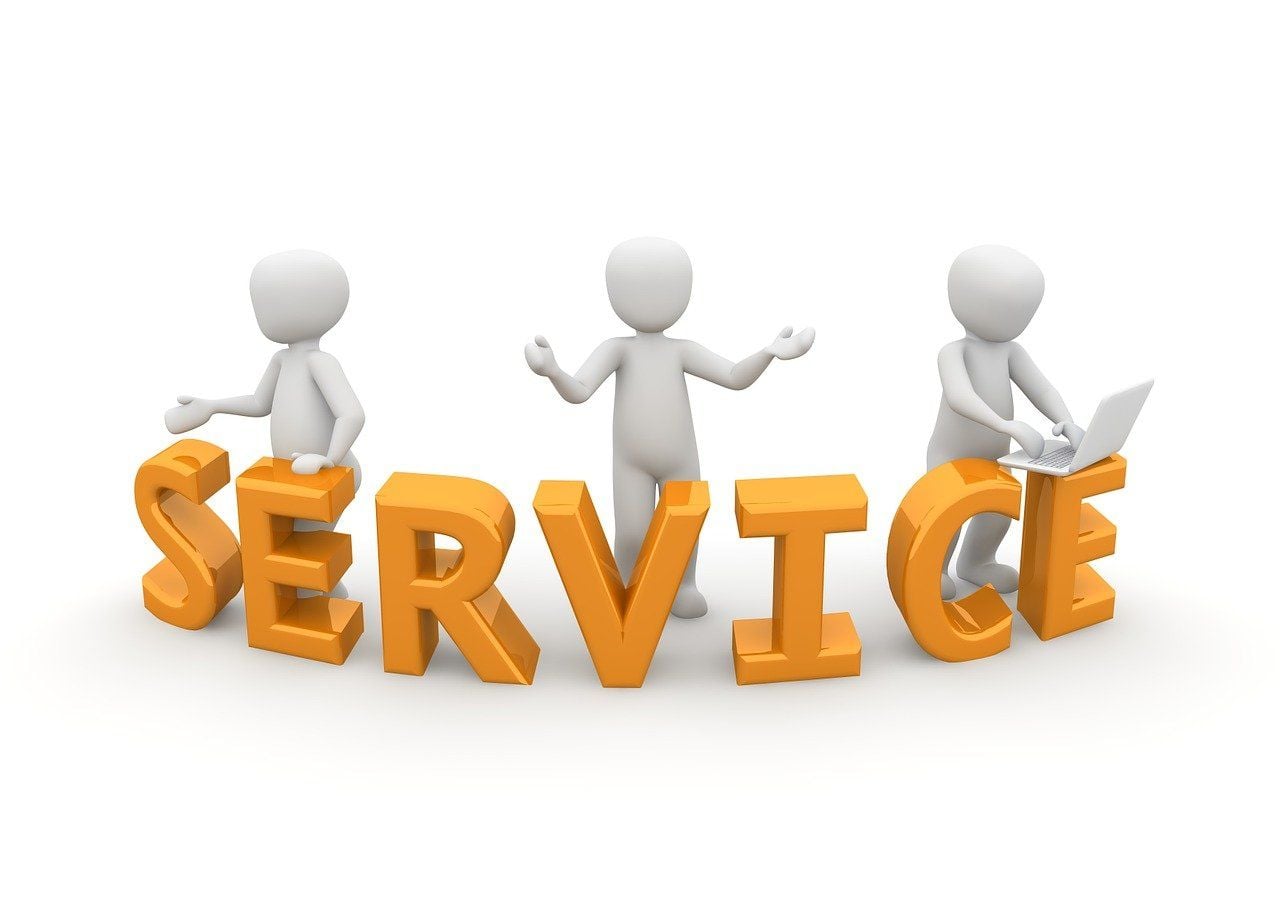5 Tips for a Great Self-Service Portal Experience
Service portals are a fundamental part of IT service and support, and we should take care to think about the customer experience when designing these self-service tools.
The service portal and request catalog are here to stay, having become an integral part of the support environment. But with many portals designed by highly technical IT personnel, do they offer a good customer service experience, or would companies be better off without them?
At the end of the day, the service portal is an entry point to a provider, or to an enterprise’s service providers, and the portal reflects how they provide support. The best approach to portal design and delivery is to ensure that it’s built on a foundation of great customer support and automation.
Here are five tips to a holistic approach for support and portal design.
Tip #1: Maintain an Experience Focus
Look at XLAs (Experience Level Agreements) and experience management to design a support organization that delights your customers. The portal is merely a digital reflection of how support is delivered, so build it on a strong foundation.
Tip #2: Ensure Teams Meet SLAs
The experience is worth little if fulfillment teams don't get the work done. A strong program of SLAs should be in place to underpin XLAs and should be enforced with reporting and service reviews.
Every item in the catalog, from self-service incident submission to each and every request, needs a published SLA or fulfillment timeline. These should be displayed as a due date or delivery date when the item is submitted.
Tip #3: Organize Around the Business
Global taxonomy? While most users will search for what they need in the search bar, use of a single, global taxonomy makes it easier for people who wish to browse. Portals often have a knowledge taxonomy and another categorization structure for service requests. Each provider has their own taxonomy. Streamlining improves the experience.
- The global taxonomy should be used to organize everything, including policies, departmental information, knowledge articles, and catalog items (requests).
- The global taxonomy should be based on the business. It should also reflect common language, not technical or departmental jargon.
Tip #4: Work Like the Internet
Internet shopping sites work on all devices, and are open 24x7 from anywhere. Corporate portals should be, too.
- Secure only highly sensitive information and notify users that it’s restricted to onsite use for security reasons.
- Automate! Software, shared file folders, and travel reservations should be available immediately on request on the Internet, so they should be on the portal, as well. Where approval is required, they should still be automatically delivered on approval.
- Retain shopping cart functionality. Enable people to direct an order to someone else, like buying a gift and use all the same capabilities: ability to save a cart, add an item to a wish list, see items similar to those they are viewing, see other items ordered with the items in their cart.
- Keep delivery times clear. On submission of a request, display information on when it will be fulfilled. If anything changes that delivery date, update the customer.
Tip #5: Bring in the Experts
IT is not trained in creating portals that look great or perform well. Engage the marketing, design, and communication experts who know how to do this to ensure a great support foundation is reflected in portal design. Gather a broad team of stakeholders and use digital design techniques.
A service portal will be underutilized if it frustrates end users. They will work around the site and cause inefficiencies in the process. Take time to design the service portal to delight your end user and maximize the portal’s value.

)
)
)
)
)
)
)
)
)
)
